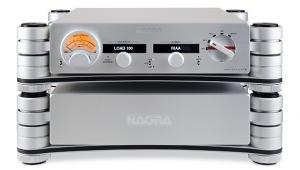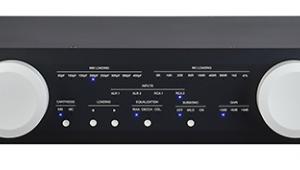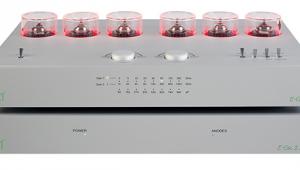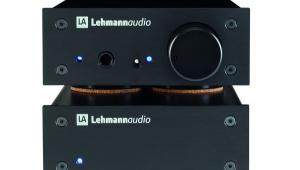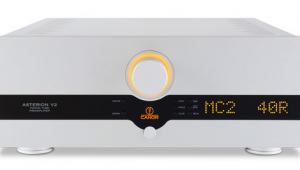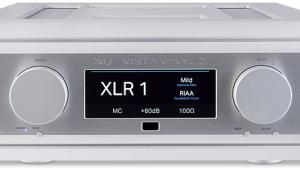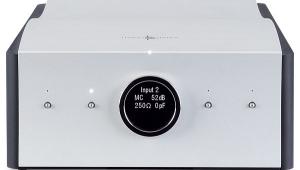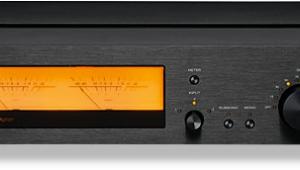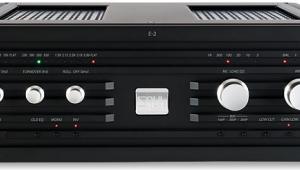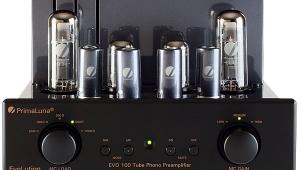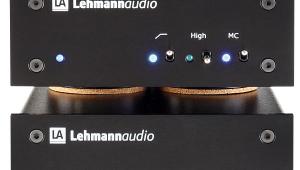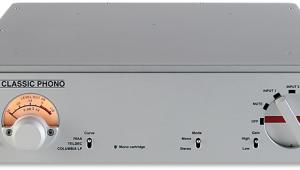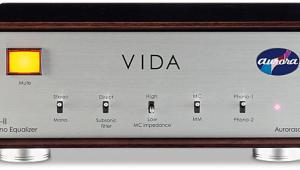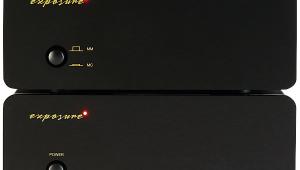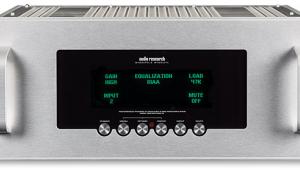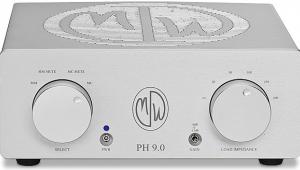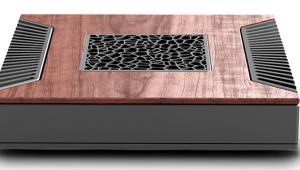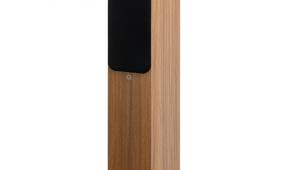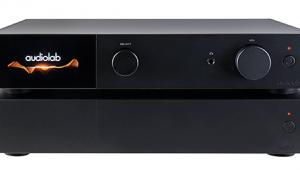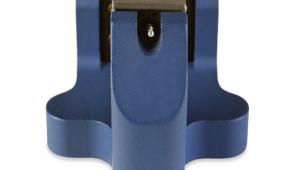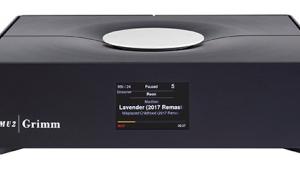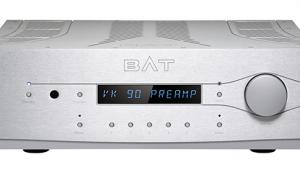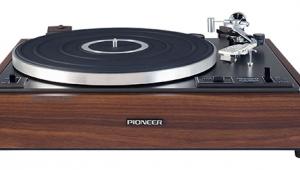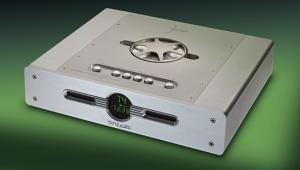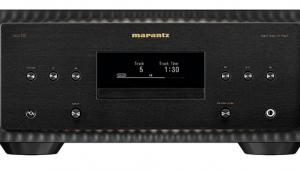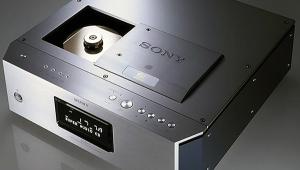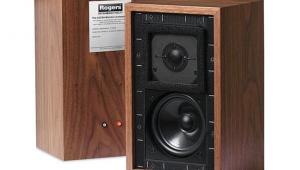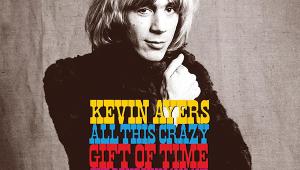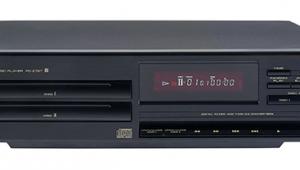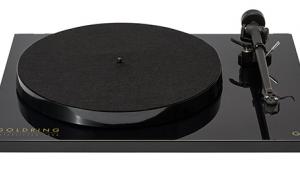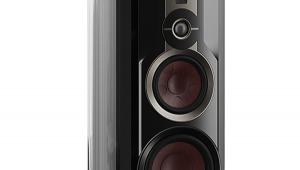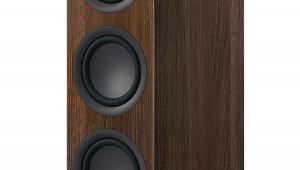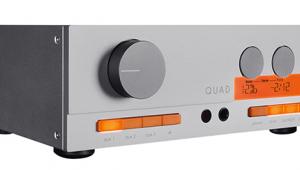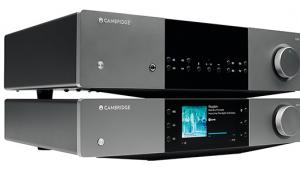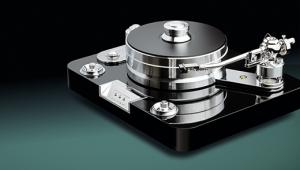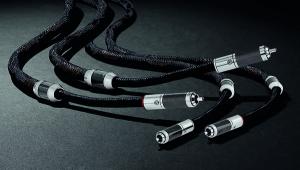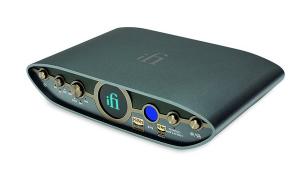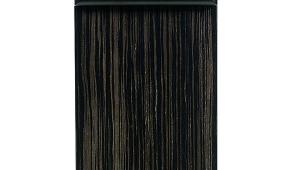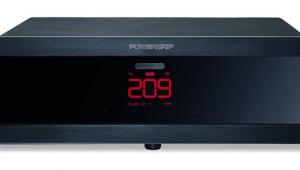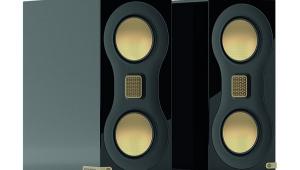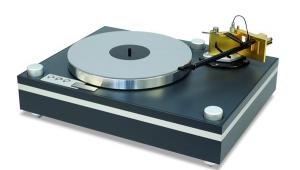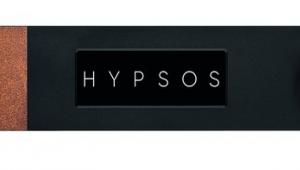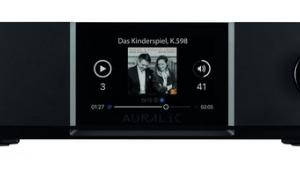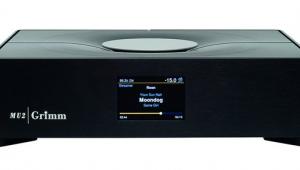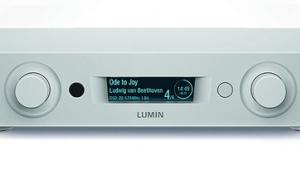Manley Oasis MM/MC phono stage


When we reviewed Manley Laboratories’ long-lived Chinook phono stage [HFN Dec ’21] the reaction was ‘Wow!’ and it was deemed ‘irresistible’. The £2699 Chinook, a ‘stripped down’ version of the company’s flagship Steelhead, climbed to £3399 by the end of its run and has now been replaced by the Oasis at £4249. Manley has approached its successor with care, so as not to compromise the Chinook’s virtues.
At first glance, the changes mainly concern the power supply, now a universal-voltage switch mode unit, while the company has also refined the look and addressed my one gripe. While all cartridge value adjustments were accessed via the Chinook’s rear panel, to alter the gain from 45dB to 60dB required removal of the lid. With the Oasis, gain changing from 45dB to the extended 65dB is via rear-panel DIP switches. As I used (Decca) Londons as well as Ortofon MM cartridges and a trio of low-output MCs, these switches came in very handy.
Making gains
Before going into the minutiae of the Oasis versus the Chinook, I am cognisant of the need not to make too big a deal out of easy accessibility to capacitance, impedance and gain adjustability. In practice, this might seem only of concern to retailers for demos, reviewers, and cartridge collectors/fetishists. But even if you only own one or two cartridges, the adjustability of the Oasis ensures you can fine-tune the unit to each. So, phono stages like the Oasis are clearly not just targeted at those who swap cartridges with some regularity.
Let’s dispense first with the non-sonic-related changes from the Chinook to the Oasis. Dimensionally, Manley’s new model is deeper but less wide than the Chinook at 432x89x356mm vs. 483x89x279mm (whd), respectively. Its largish footprint therefore might inspire stacking but note that it runs warm if not allowed to breathe, the top of the case being copiously ventilated. Weight has increased from 6.8kg to 8kg – again, marginal, while power consumption is slightly reduced.
Back to front
Externally, the rear panel layout has been rearranged with an aperture added for the gain selection DIP switches. The RCA phono input and output sockets on the Oasis are horizontally located near the centre, with the DIP switch banks along the bottom, flanking the charts which show the positions for the assorted settings. On the Chinook, the sockets were vertically positioned, the DIP switches grouped one above the other. Despite the relocations, there are no radical changes.
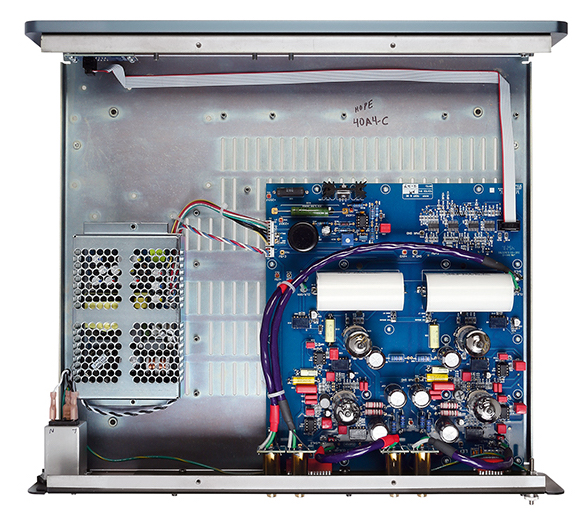
At the front, the look has been improved by rounded corners on the front panel, while the name and Manley logo are more prominent. The customer can choose one of three finishes: blue/black, black/blue and silver/black. On the right of the fascia is the blue-illuminated on/off switch which remains on in standby mode and blinks for 45 seconds when switched on until the circuitry has settled down and the output relays are released. It then glows fully.
Manual intervention
Undoubtedly, the main change is the move from linear to a switch mode power supply, while the valves are the same Electro-Harmonix 6922EH triodes, these providing sufficient gain around a passive RIAA stage and also driving the output [see PM’s Lab Report]. Manley is fussy about tubes, so I doubt there’s much to be gained by swapping them for something out of one’s collection of NOS Mullards, Bri-Mars, etc.
The company also produces some of the finest user manuals in the business, and its guidance for the Oasis will eliminate any concerns about correct settings should you have doubts about adjusting solely by ear. The unit’s two gain DIPs allow you to select 45dB, 50dB, 60dB or 65dB, and you are advised to mute your preamp/amp when switching between them. Ditto for cartridge values, which offer 32 settings for resistive loads from 26ohm–47kohm and eight possibilities between 0–350pF for capacitance. The Oasis also has provision for custom cartridge loading if you own something truly outré.
![]() Midnight at the oasis
Midnight at the oasis
When Eveanna Manley and fellow assessor Pete Lyman from Infrasonic Mastering were listening for differences between the linear- and switch mode-powered phono stages they identified a crispness to the treble – cymbals especially sounded cleaner and more defined – with less bloom and better precision in the bass. ‘Heard side-by-side’, Eveanna told me, ‘we could pick the Oasis prototype blind every time’.
Fortunately, my notes from listening sessions with the Chinook were to hand, so I was able to compare and contrast with the Oasis myself. In the event, the Oasis kept me up way past midnight because it was so more-ish – a replay of the time I spent with the Chinook, of which I have fond recollection. Whether these performance changes are wholly attributable to the type of power supply is unclear, but the initial trait I detected was a new level of solidity and slam in the lower registers.
Fortuitously, the first album I tried was a funk masterpiece, Fred Wesley and the Horny Horns’ A Blow For Me, A Toot For You [Speakers Corner/Atlantic SD18214]. As this consists of veterans of James Brown’s band, the peerless Bootsy Collins on bass, and no less than the Brecker Brothers augmenting an already colossal brass contingent, you can imagine what it would do to test frequency extremes, transients and bass.
Vivid vinyl
It was impossible to pick out a single track which taxed the Oasis the most, but ‘Four Play’ set the tone for the whole experience. The opening drum passages were startling, a conventional bass drum enjoying the scale and mass of something more akin to Kodo. But it was nothing of the sort, as taiko drum construction has nought in common with the products of Ludwig, Slingerland or Gretsch. Instead, it was the sheer three-dimensionality of the soundfield, front-to-back and side-to-side, which recalled not those Japanese percussion geniuses but reality. This was vivid.
Then – bang!! In came the brass section and it was so staggering, so visceral that I had to change cartridges from the Londons, which have few peers for upper register transients, to MCs including the Denon DL-103 [HFN Jul ’09] and Kiseki Blue [HFN Jul ’18], which are generally warmer and less crisp. As suggested, the treble was indeed less ‘smear-y’, not that Manley’s Chinook was a heinous culprit in this regard.

Crucially for this revelatory behaviour to matter, the mass and scale remained not just from MM to MC but from album to album, as I found when I put on Ringo Starr’s Give More Love [Universal 00602557804140]. With Don Was, Paul McCartney and Nathan East among those providing bass, and Ringo obviously behind the drumkit, this would be music as rich in the lower registers, but there was something else to assess. On ‘Electricity’, the presence of Ringo’s familiar voice and some energetic guitar from Joe Walsh provided a test of the Oasis’ resolving capabilities.
It was here that I was reminded that this phono stage owes as much to studio gear on the other side of the Manley catalogue [see boxout] as to audiophilia. The Oasis may be specifically for domestic hi-fi users, but Eveanna and her team are as steeped in the needs of recording engineers as of us end-users. After all, transparency and detail are matters of great import when assessing a test pressing. The Oasis thus performs the same balancing act between valve warmth and clarity as does my reference, the all-tube EAT E-Glo for another £3k.
Celebration day
Less aggressive or frenetic is Ron Sexsmith’s Cobblestone Runway [Diverse Vinyl DIV-005-LPA1B], the track ‘These Days’ featuring his lighter-than-Ringo’s vocals, as well as a charming chorus behind him. Again, the bottom octaves remained impressive throughout, but the change of the singer’s textures were so evident that I could imagine studio denizens using LPs via the Oasis to assess microphones.
This applied, too, to Jennifer Warnes’ exquisite Another Time, Another Place [Impex IMP6032]. With the opportunity for hearing another voice, the exercise changed to absolute clarity. ‘The Boys And Me’ is punctuated by slide guitar, my favourite instrument for evaluating liquidity, and the Oasis produced just the sort of slithery treble I wanted to hear. Again, the foundation of the performance was deep and weighty enough without the lower registers unbalancing the mid and treble.
As with the Horny Horns and Sexsmith albums, this LP presented the Manley phono stage with an array of instruments positioned with enough space to assess soundstage. And as with the wide and deep Horny Horns production, the smaller assembly on Warnes’ set still displayed a need for proper locations sans exaggeration. Here the Denon DL-103 cartridge had cause to celebrate.
Thirsty work
Is anything missing? The only update which Manley might have added, especially in light of recent trends, is balanced inputs and outputs – the absence of the latter rather surprising given the company’s deep involvement with studios. And if I want to be really fussy, I am not averse to rotary selectors on the front panel for all cartridge settings, especially if a unit like the Oasis is installed in a rack and access to the rear is a major undertaking.
Going back to the beginning, my only complaint about its predecessor, the Chinook, was the need to access an internal gain selector, which has been obviated here by the external DIPs. As for my lone whinging about the Oasis? Despite this phono amp being named after a studio, it also shares a name with a humourless group that never sated my thirst...
Hi-Fi News Verdict
I was enamoured of the Chinook, so improving on it in so many ways could only result in a wholly positive reaction to the new Oasis. I was delighted in its retained synergy with my adored Decca/London cartridges – which are contrary and ornery at the best of times – while matching it to varied MCs always proved rewarding. If you love traditional valve sound when indulging in LPs, this could be your oasis...
Sound Quality: 88%
